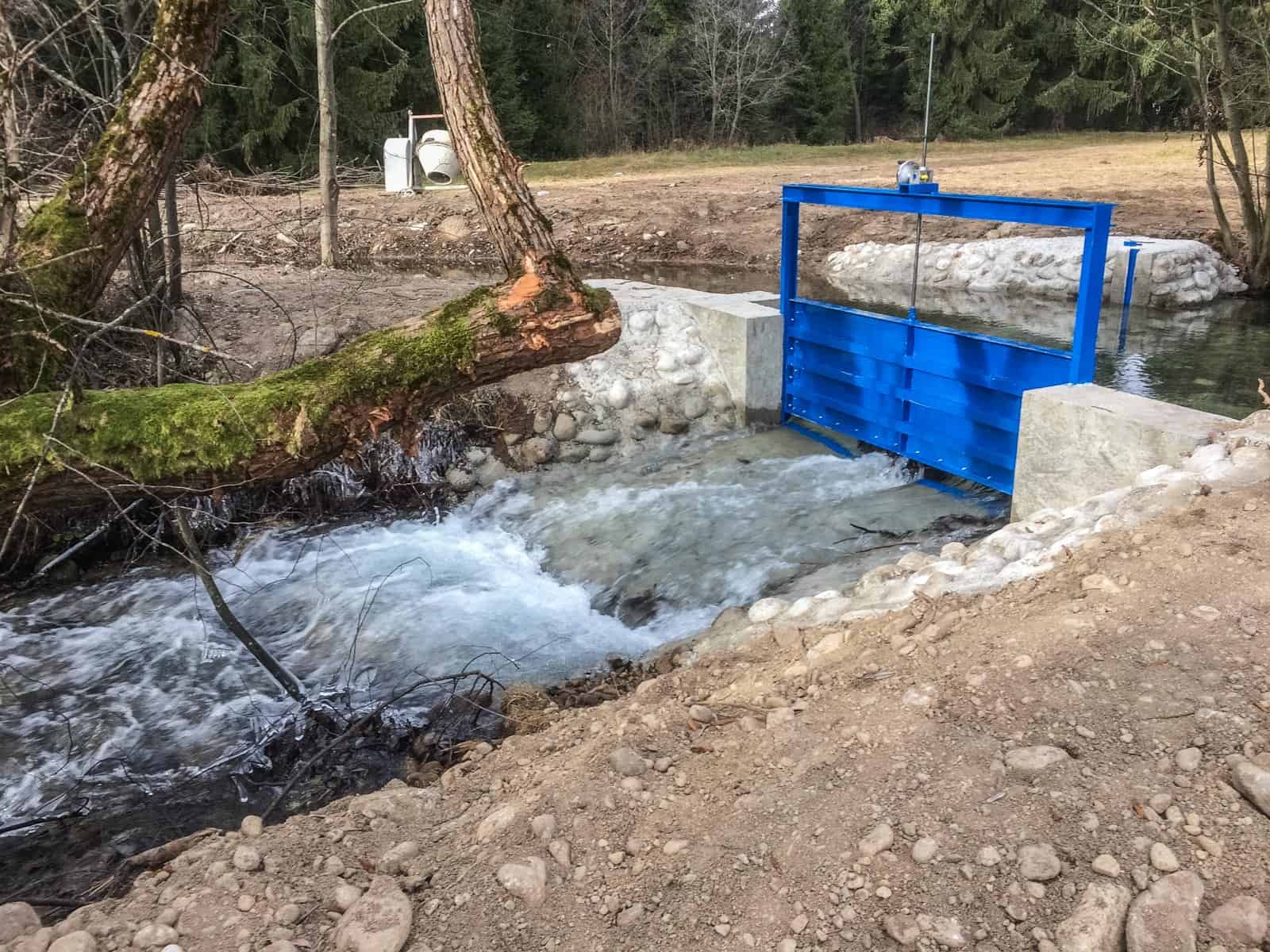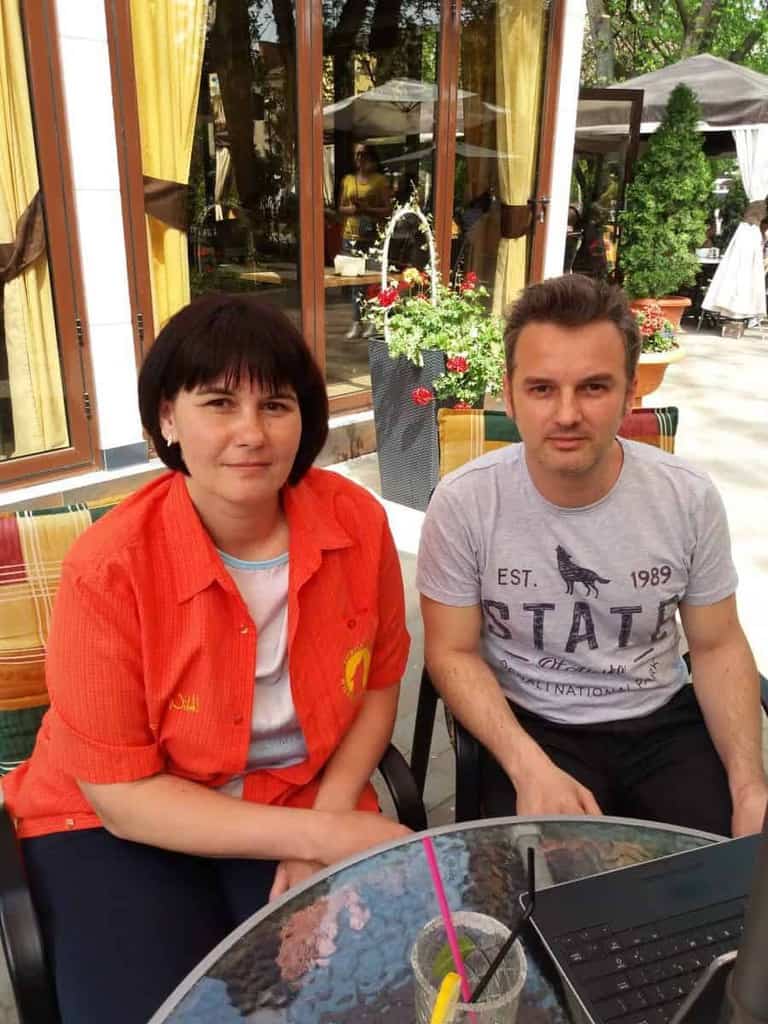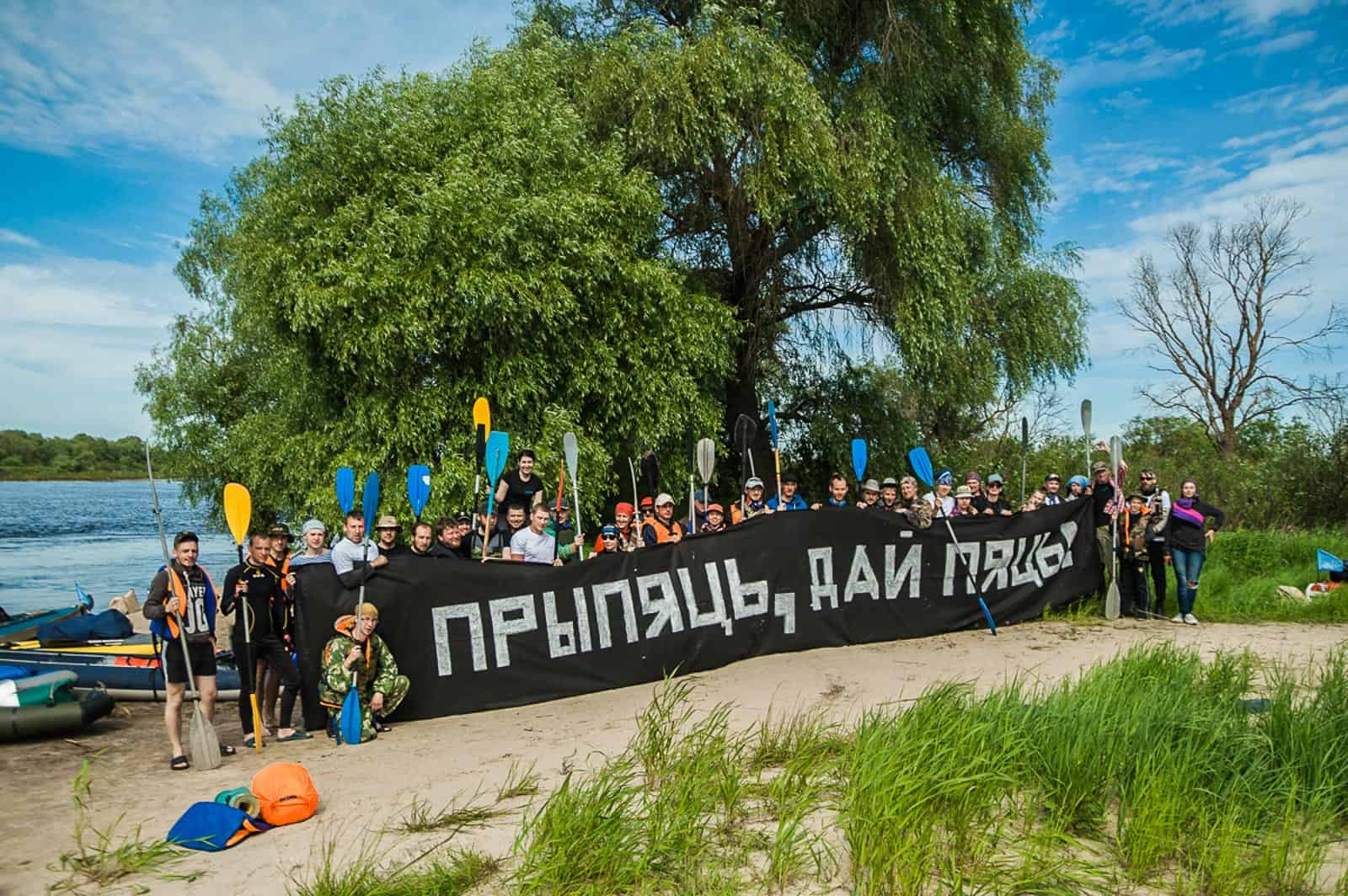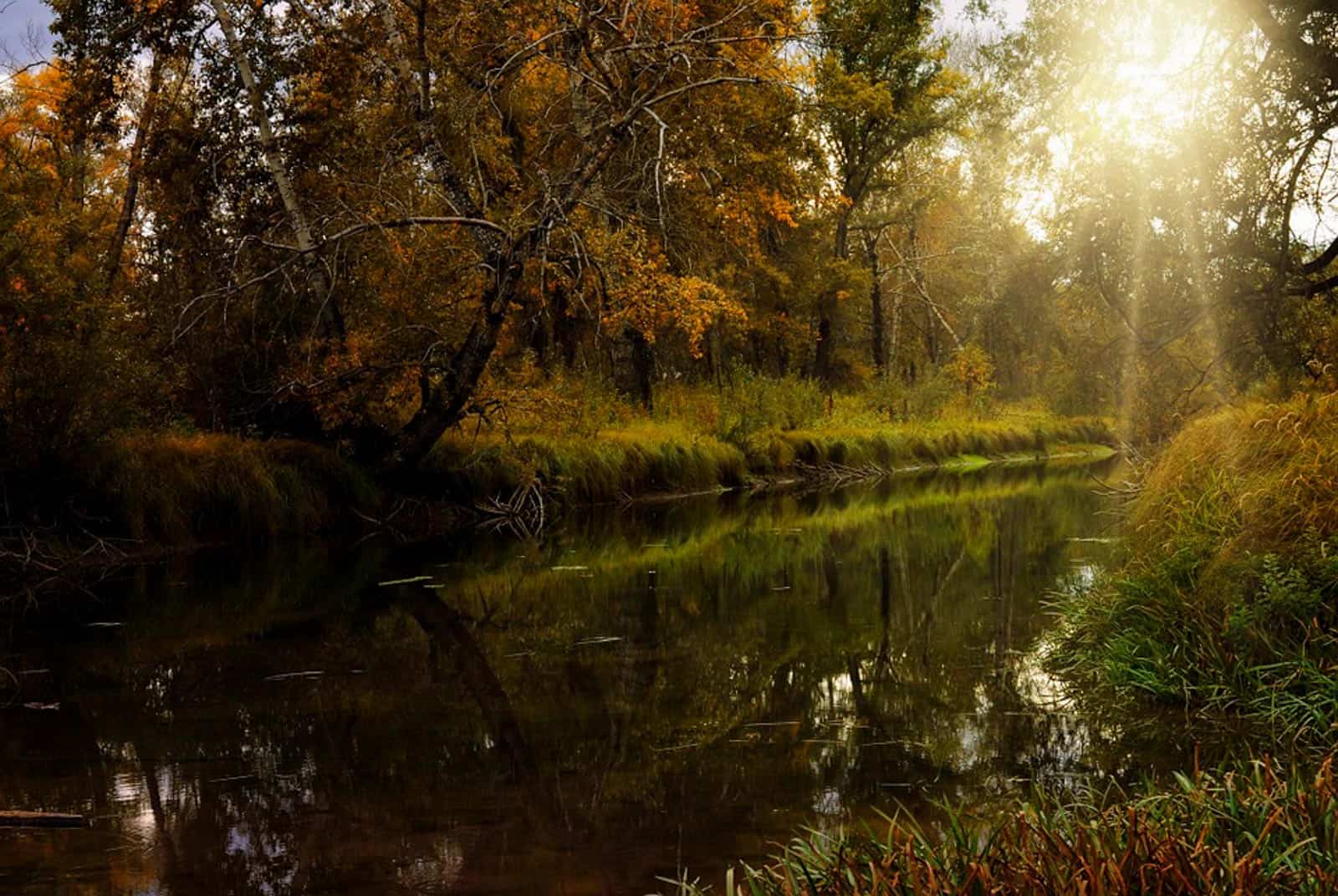Over 1 million barriers block European rivers
The majority of rivers in Europe have been dammed, forded or bridged over the past centuries. Yet, an overview of where these important waterways are obstructed is missing. Several initiatives, such as the AMBER Initiative, are focusing to map the river barriers to improve its adaptive management. In another pan-European initiative, scientists collated data on European rivers from over 120 databases. However, when the scientists cross-checked their data with field visits, they found that the number of barriers is in fact nearly twice as high as previously thought. The results suggest that more than 1.2 million barriers block the free-flowing European rivers.
Please also read: EU commits to support free-flowing rivers
How can we miss 500 000 barriers?
Many databases on European rivers include barriers only with specific requirements. For example, when a barrier has a certain height. Some databases only include barriers when they are more than 10 meters high, but thereby neglecting many smaller disruptions in the waterways. After collating data from 120 databases, the total number of barriers was close to 630 000. To get an indication wether their numbers matched reality, the researchers performed extensive fieldwork. By walking along more than 2 700 km of European rivers, researches checked existing barriers and manually added those missing. On average, the number of recorded barriers in the field was 2.5 times higher than the numbers from the databases. When the scientists extrapolated this finding across the entire continent, they came to the conclusion that there must be more than 1.2 million river barriers across Europe.
World’s most fragmented river network
This staggering number of river barriers indicates that the network of European rivers is likely to be the most fragmented in the world. It is for a good reason that there are initiatives such as Dam Removal Europe advocating the free-flowing rivers, by collecting funds to remove barriers. This initiative has removed 20 dams in 2020, which also shows that there is still much work to do. It is often the large barriers, such as hydroelectric dams that receive most attention from river restoration initiatives. However, the research suggests that the abundance of the smaller barriers are actually a far more terrible threat to the river ecosystems.
As much as 90 per cent of the identified barriers are under 5 meters high, experts estimate. But removal of such small, often old, barriers is usually easier than with big barriers. What we need though, is a paradigm shift in the European management of its waterways. A collective understanding is necessary, to recognise that large dams are receiving most attention, but that the small barriers collectively do the most damage. That is also why the EU commits to support free-flowing rivers.
Bring back European WILDRivers
Needlessly to say, we must also protect Europe’s last free-flowing WILDRivers. The European Wilderness Network includes several precious WILDRivers, some of which are also continuously under pressure. Most of these WILDRivers are within strictly protected areas, therefore construction of new barriers is not easy. Nevertheless, local lobbyists often try to find excuses or gaps in the laws to build small-scale hydropower plants. Support us to protect these WILDRivers, as well as the great initiatives that work on removing barriers to bring back the free-flowing rivers in Europe.
Interested to read the full scientific article? Click on the link below!






